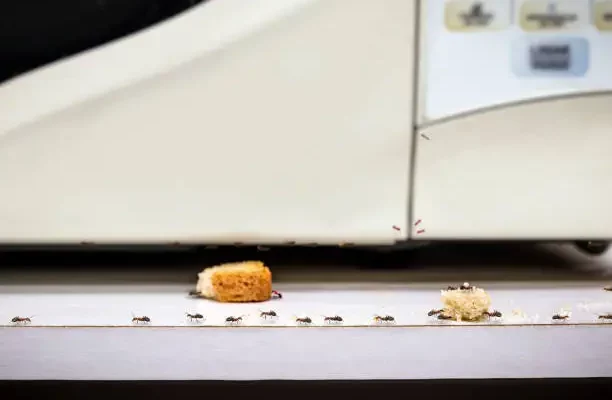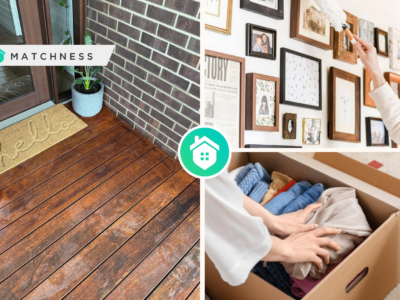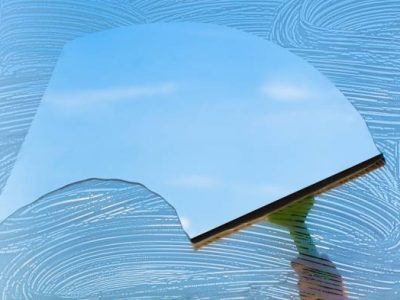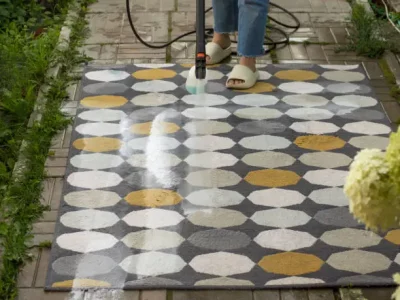Unwanted pests invading your home can be a source of frustration and concern. Whether it’s ants in the kitchen, spiders in the basement, or rodents in the attic, dealing with pests is a common household challenge. However, it’s essential to approach pest control cautiously, as many conventional methods involve potentially harmful chemicals. This comprehensive guide will explore how to safely rid your home of unwanted pests using eco-friendly and humane practices.

Seek Professional Help
While many safe pest control methods can be adequate for minor infestations, some situations may require professional intervention. If the infestation is extensive and beyond your control, it’s best to consult a professional pest control service. If you or your family members experience health issues related to pest infestations, such as allergies or respiratory problems, seek professional help. Pests like termites or rodents can cause structural damage to your home. Explore the internet, where you may come across https://stopzbugs.com/service-areas/columbus-ohio-pest-control/ that can provide a good insight into your options. A professional can assess and address the extent of the damage and provide more advanced solutions if you’ve tried various safe pest control methods without success.
Regular Inspections
Conduct regular inspections to catch potential pest problems early. Periodic inspections of your home are a crucial component of effective pest management. By detecting signs of pest activity early on, you can promptly prevent a minor issue from becoming a significant infestation. Establish a routine for inspecting different areas of your home. This can be done monthly, seasonally, or as needed based on your region’s pest seasons. Ensure that all family members know the inspection schedule and its importance. Start your inspection outside. Walk around the perimeter of your home and look for any openings or cracks in the foundation, walls, or roof where pests could gain entry. Pay attention to gaps around windows and doors.
Maintain a Clean Home
Maintaining a clean home is a fundamental aspect of pest prevention. Pests are attracted to food sources, shelter, and areas with minimal disturbances. Following good hygiene and cleaning practices can create a less appealing environment for pests. Food and beverage spills need to be cleaned up immediately. Even a tiny crumb can attract ants and other pests. After food preparation:
- Wipe down countertops, cutting boards, and cooking utensils to remove food residue.
- Regularly sweep and vacuum your home to remove crumbs and food debris.
- Pay attention to areas around and under appliances and furniture.
Proper Food Storage
Proper food storage is necessary in preventing pests from accessing and contaminating your food supply. Pests are attracted to readily available food sources; a well-organized pantry can help deter them. Invest in airtight containers made of glass, plastic, or metal. These containers seal tightly, preventing pests from getting inside. Transfer dry goods like rice, pasta, cereals, and flour from their original packaging to airtight containers. Label containers with the contents and date of storage. This helps you track expiration dates and ensure you use food items before they go stale.
Seal Entry Points
Sealing entry points in your home is a proactive step in preventing pests from gaining access to your living spaces. Pests often enter homes through small openings and cracks in walls, floors, and foundations. By identifying and sealing these entry points, you create a barrier that helps keep unwanted pests out. Begin by conducting a thorough inspection of your home, both indoors and outdoors. Pay close attention to common entry points for pests. Check for any spaces between the door or window frame and the wall. These gaps can allow pests like ants, spiders, and cockroaches to enter.
Outdoor Maintenance
Keep your yard and garden well-maintained. Trim bushes and trees away from your home, and store firewood and other potential pest shelters away from the house. Additionally, consider implementing landscaping practices that deter pests. Choose plants less attractive to pests and maintain good garden hygiene by regularly removing fallen leaves and debris. Properly manage standing water to prevent mosquitoes from breeding, and if you have outdoor garbage bins, ensure they have tight-fitting lids to discourage pests like raccoons and rodents.
The Importance of Safe Pest Control
Conventional pesticides can pose health risks to humans and pets. Exposure to these chemicals can lead to respiratory issues, skin irritations, and other adverse health effects. Many chemical pesticides harm the environment, including soil and water contamination, damage to non-target species, and disruption of ecosystems. Embracing safe and eco-friendly pest control aligns with sustainability and responsible living principles. It helps reduce the overall environmental footprint of pest management. Safe pest control methods often focus on addressing the root causes of infestations, leading to more effective and lasting solutions.
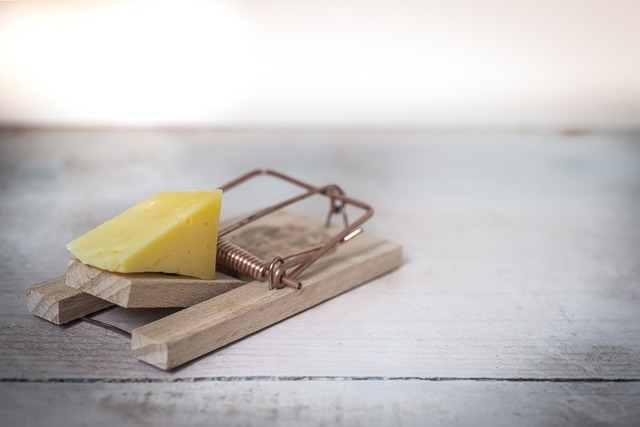
Safe and eco-friendly pest control is effective and aligns with the responsibility to protect the environment and the well-being of families and pets. By taking preventive measures, using natural remedies, and seeking professional help when needed, you can safely rid your home of unwanted pests while minimizing the use of harmful chemicals. Remember that a healthy home is pest-free, and a little proactive effort can go a long way in creating a safe and comfortable living environment.


